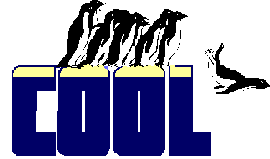
OLEGiveFeedback is a drag source event, so it fires even when you're dragging over objects outside VFP. That's right, you can drag data from VFP into other apps and still control the mouse cursor. Giving control to the drag source is generally an improvement over VFP's native drag and drop, where the target can tell the source what DragIcon to use, but the source can't do anything about it.